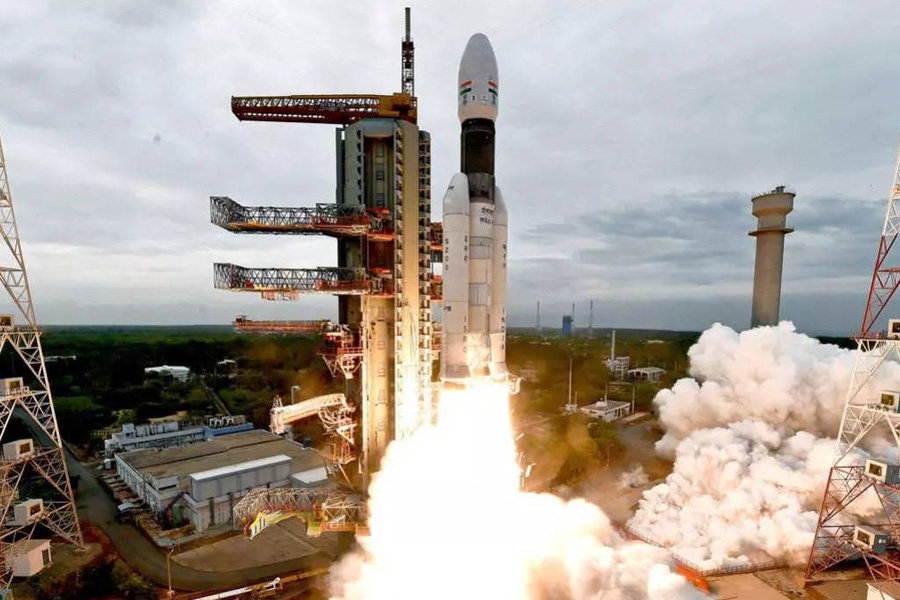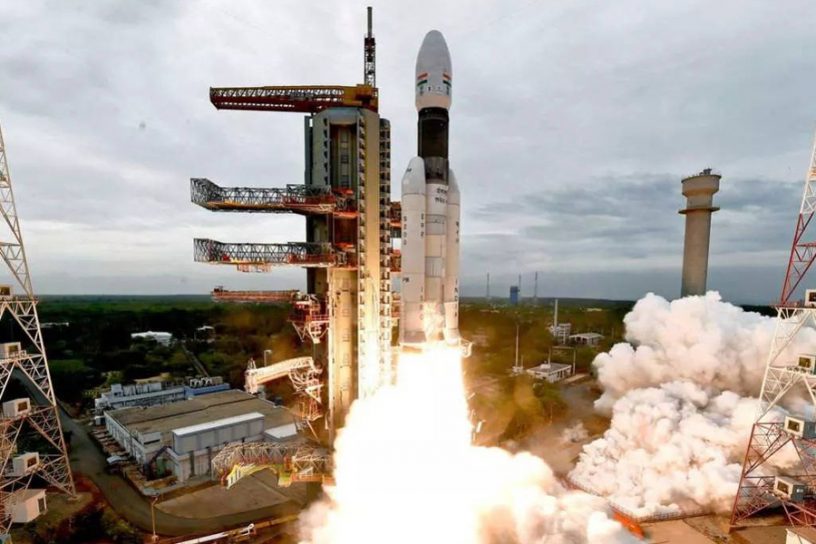
Since the first meeting of United Nations Committee for Peaceful use of Outer Space, India has been working closely with other nations to make space a venture for human development.
Authors
Anindita Dutta, Research Scholar, Tezpur University, Assam.
Abhinav Mehrotra, Assistant Professor, Jindal Global Law School, O.P. Jindal Global University, Sonipat, Haryana, India.
Biswanath Gupta, Associate Professor, Jindal Global Law School, O.P. Jindal Global University, Sonipat, Haryana, India.
Summary
Initiated by NASA in coordination with US State Department, Artemis Accords lays down a framework of principles that governs spatial explorations by governmental as well as private entities. Predicated on the Outer Space Treaty of 1967 (OST), it is a non-binding multilateral arrangement between the United States Government and other signatory nations participating in civil exploration. Launched on Oct. 13, 2020, the accords attempt at peaceful utilization of moon, mars, comets, asteroids and other celestial bodies. Article 2 of the Outer Space Treaty prohibits national appropriation of outer space including the moon as well as other celestial bodies.
The path-breaking decision on embarking on a new journey of space collaboration with the US took place during Prime Minister Narendra Modi’s recent USA visit when India signed the Artemis Accords to strengthen its relationship with NASA and establish itself as a global space power.
It must be noted that India has always been in favor of the noble attempt of the non-appropriation principle of International Space Law as outlined in the Outer Space Treaty of 1967 under Article II, that means outer space cannot be subjected to ownership rights. Thus under Article II of the Outer Space Treaty, the states have an obligation to ensure that all actors in space, both government and non-government to operate according to common legal framework.
Now the signing of the Artemis Accords raises questions. Whether India has changed its position with regard to interpretation of non-appropriation principle more specifically on celestial bodies mining (Mars and Moon)? Why did India sign the Artemis Accords just before the launch of Chandrayaan 3, a major lunar exploration by ISRO? Is it coincidental or there is a hidden diplomatic negotiation underpinning this decision?
Published in: The Geopolitics
To read the full article, please click here.


